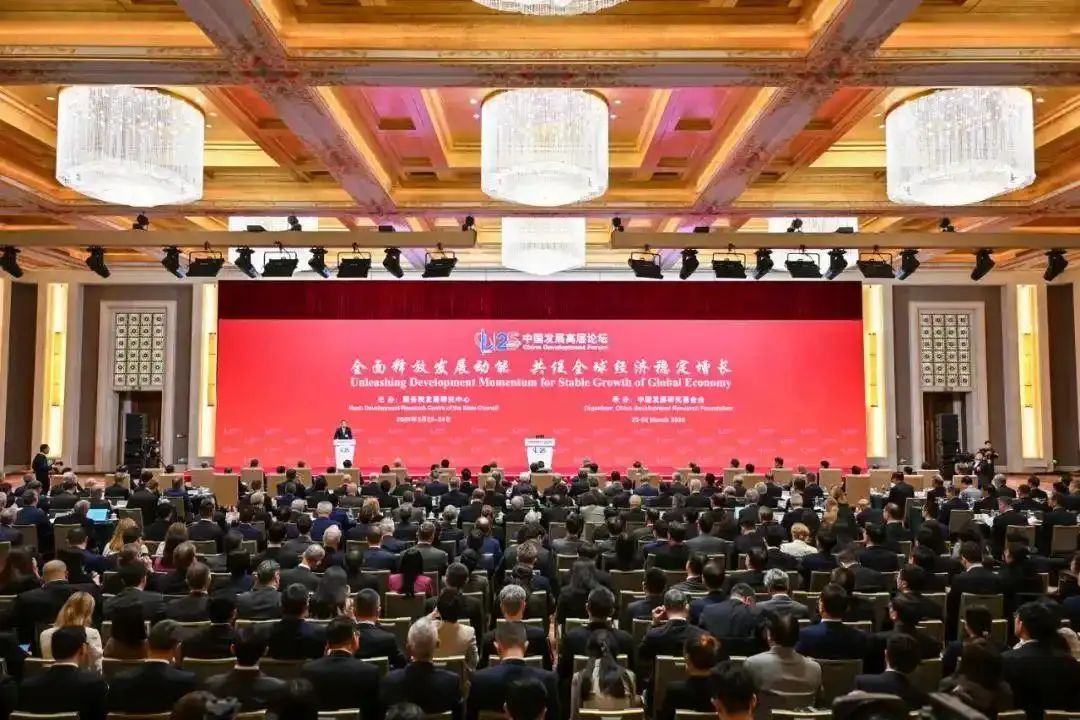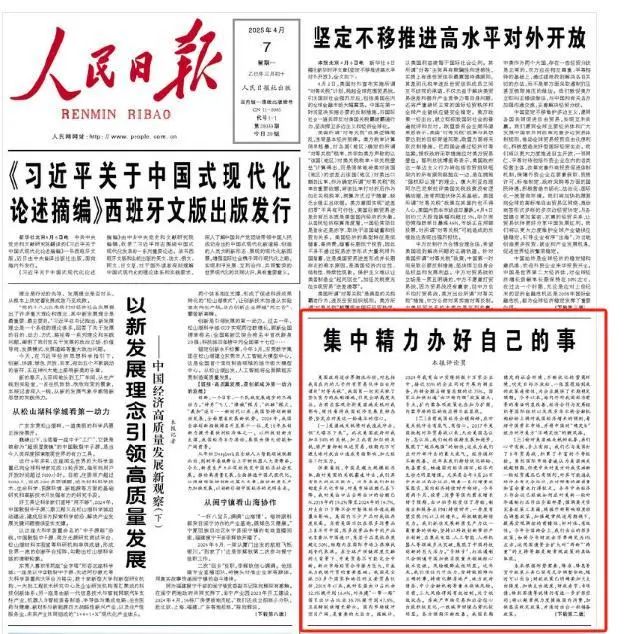Introduction
The global financial markets have been rocked by unprecedented volatility in recent weeks, driven largely by abrupt policy shifts from the U.S. government. On April 9, 2025, former President Donald Trump’s sudden announcement of a 90-day tariff pause triggered a historic stock market rally, with U.S. indices posting their largest single-day gains in 16 years.
This dramatic reversal came just days after aggressive tariff hikes had sent global markets into a tailspin, wiping out trillions in market value. Such policy whiplash underscores the challenges investors face in an era of heightened geopolitical and economic unpredictability.
This article breaks down the causes of recent market turmoil, analyzes global responses, and provides actionable strategies to navigate these risks.
1. The Tariff Rollercoaster: How Policy Swings Are Reshaping Markets
1.1 From Trade Wars to Market Panic
In early April 2025, the Trump administration imposed sweeping tariffs on imports from major trading partners, including a 10% baseline rate on most goods and up to 245% on Chinese imports.
The announcement triggered panic selling, with the S&P 500 plunging 10% in two days and the Nasdaq entering bear market territory. Investors fled to bonds initially, but bond markets later faced sell-offs as confidence in U.S. fiscal policy wavered.

1.2 The Trump Reversal: A Temporary Respite
On April 9, Trump unexpectedly paused tariff hikes for 90 days (excluding China), citing a desire to “avoid April Fool’s Day confusion”. This U-turn ignited a rally, with the Dow Jones surging 1,600 points intraday.
However, the move raised ethical concerns: Trump had tweeted “Buy Dow Jones stocks” hours before the policy shift, sparking accusations of market manipulation.
1.3 Global Ripple Effects
- Europe: Markets continued sliding post-announcement due to time zone differences, with the STOXX Europe 600 dropping 5% on April 9.
- Asia: China retaliated with a 34% tariff on U.S. goods, deepening trade tensions.
- Commodities: Oil prices fell 7% to 2021 levels, while gold surged to record highs as a safe-haven asset.

2. China’s Preparedness: Policy Tools to Counter External Shocks
2.1 Proactive Monetary Measures
At China’s Development Forum on March 23, 2025, officials emphasized readiness to deploy “incremental policies” to stabilize the economy. Key steps include:
- Monetary Easing: The People’s Bank of China (PBOC) signaled potential rate cuts and reserve requirement ratio (RRR) reductions to boost liquidity.
- Market Interventions: State-backed entities like Central Huijin injected funds into equities to curb volatility.
2.2 Fiscal and Regulatory Backstops
- Tariff Mitigation: Subsidies for export-reliant industries impacted by U.S. tariffs.
- Domestic Stimulus: Accelerated infrastructure spending to offset declining external demand.
3. Investor Survival Toolkit: Strategies for Volatile Markets
3.1 Diversification Is Key
- Defensive Assets: Allocate to gold (up 26% YTD), Treasury bonds, and cash equivalents to hedge against equity swings.
- Geographic Spread: Consider European and Asian equities, which may benefit from U.S. policy shifts and AI-driven growth.
3.2 Tactical Rebalancing
- Trim Overweight Positions: Tech stocks remain vulnerable to trade wars and interest rate risks.
- Opportunistic Buying: Use dollar-cost averaging to capitalize on market dips, such as the April 7 Nasdaq rebound.
3.3 Monitor Policy Signals
- Fed Watch: The Federal Reserve has kept rates steady at 4.25–4.5% but may cut later in 2025 if inflation cools.
- Trade Negotiations: Track U.S.–China talks and EU retaliatory measures, which could reignite volatility.
4. Case Study: Profiting from Chaos – Lessons from a 150% Return Portfolio
A seasoned investor achieved exceptional returns using a “UVIX + Gold” strategy during the April turmoil:
- UVIX (Ultra VIX Short-Term Futures): Bet on heightened volatility via this leveraged ETF, which surged 80% during the tariff panic.
- Gold: Prices jumped from $2,624/oz in January to $3,424/oz in April, driven by safe-haven demand.

5. Regulatory Risks and Ethical Concerns
5.1 Insider Trading Allegations
Trump’s pre-announcement tweet prompted congressional scrutiny. Lawmakers are demanding clarity on who had advance knowledge of the tariff pause, citing potential insider trading.
5.2 Eroding Market Credibility
Frequent policy reversals damage U.S. credibility, increasing borrowing costs and deterring long-term investors. The 10-year Treasury yield spiked to 4.42% amid bond market skepticism.
6. Expert Insights: What Top Institutions Predict for 2025
6.1 BlackRock’s Outlook
- U.S. Equities: Fundamentals remain strong despite volatility; focus on companies with high return on capital (ROTIC).
- AI Leadership: U.S. tech firms still dominate AI infrastructure, but Asian alternatives offer diversification.
6.2 Goldman Sachs & JP Morgan on Gold
- Gold Forecasts: Prices could reach $3,700–$4,500/oz by late 2025 if rate cuts materialize.
- Central Bank Demand: Emerging markets like China are hoarding gold to reduce dollar dependency.
7. Navigating the “Crisis Survival” Mindset
7.1 Avoid Emotional Decisions
- Hold Steady: Selling during panics locks in losses. The S&P 500 recovered 18% of its April losses within a week.
- Long-Term Focus: Markets have historically rebounded after crises, such as the 2020 COVID crash.
7.2 Leverage Professional Insights
- Research-Driven Approaches: Firms like BlackRock emphasize active management to exploit market dislocations.
- Caution for Retail Investors: Complex strategies (e.g., derivatives) require expertise; stick to ETFs and index funds if inexperienced.
Conclusion
The events of April 2025 highlight a stark reality: markets are increasingly driven by policy whims rather than fundamentals. While the U.S. tariff saga may subside temporarily, new shocks—from AI disruption to geopolitical conflicts—are inevitable.
By diversifying portfolios, staying informed, and avoiding knee-jerk reactions, investors can not only survive but thrive in this new era of uncertainty.
For those seeking deeper analysis, specialized reports like Golden Politics & Finance Quarterly offer advanced frameworks to decode global risks—though they’re best suited for professionals, not casual investors.
